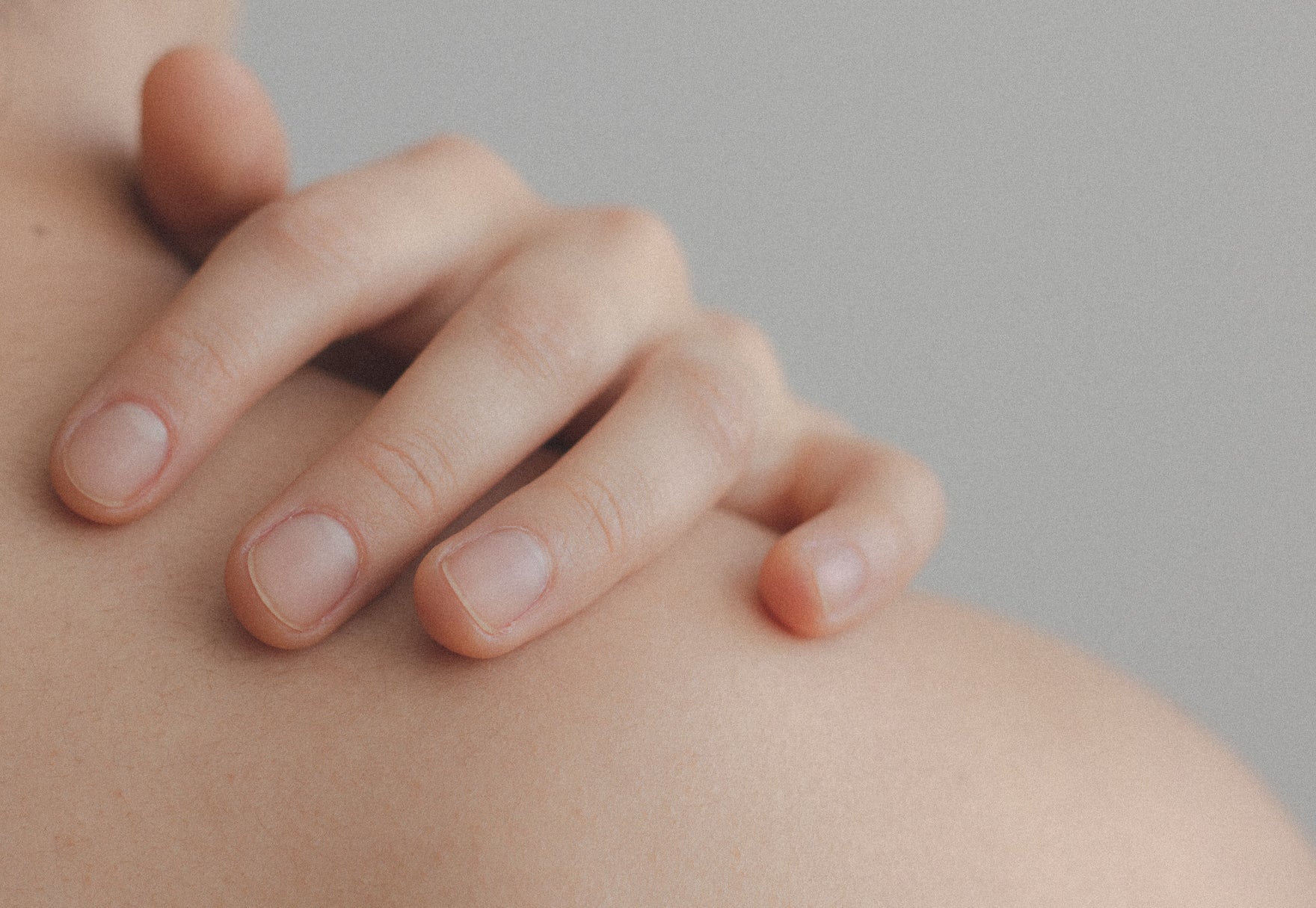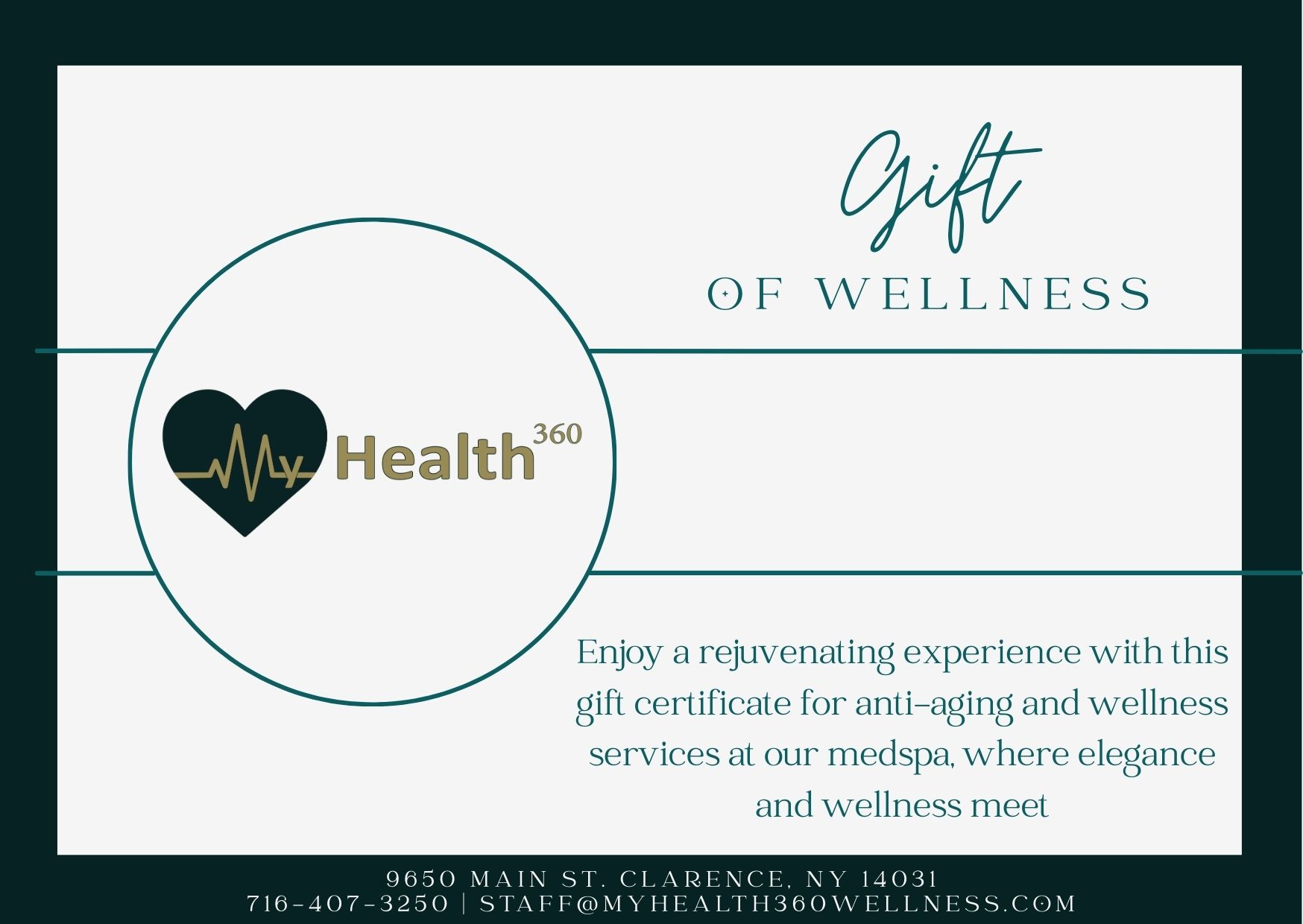

- Face
Facial Assessment: Part Iv – What Is Beauty?
What is Beauty: In Aesthetics, we are inevitably asked by patients to make them more beautiful. For most of us, this is an abstract concept that, of course, lies in the eye of the beholder.
Despite racial & cultural variations, however, there are certain “Universal Markers” of Beauty. These are the ones we will attend to and use in our practices, making use of the multitude of tools and techniques at our disposal to achieve it, or at least approximate it.
Probably the most important marker of Beauty is “Symmetry.” The two halves of the face should roughly match. If one eyebrow is too high, or if the eyes do not appear equally open, we notice. We can’t help but notice… it’s in our genes. As a race, we seem hardwired to pick-out asymmetries, deformities and disabilities.
A close cousin to symmetry, but every bit as important to our perception of Beauty, is “Proportionality.” We can divide the face into ‘thirds’… upper face, mid-face, and lower third. Facial geometry is such that what we perceive is a series of three-dimensional convexities and concavities that must possess a specific alignment and proportionality to each other, in order to be perceived as pleasing to the eye. And this is not just in the frontal view, but in the sagittal plane, as well. A receding chin, a forehead that’s too prominent, or flat cheekbones are all disruptive of this golden proportionality. Nowhere is the idea of proportionality more apparent than in the lips. There is a mathematical ratio of thickness between the upper and lower lips that is perceived as youthful and “sexy.”** What we see in the aging face is often (for example) the upper lip thinning and losing its Cupid’s Bow. The loss of volume in the lip is part of the story, but not the entire story. To restore Beauty is to restore symmetry and proportionality.
These concepts are the “Ideals” that we each carry inside each of us, and that guide our perceptions of ourselves and others. And these are the things that we will now address with our clinical skills.
This concludes our Facial Assessment blog series. Stay tuned next week for our new blog series next week!
**While the literature describes this mathematical ratio as 1:1.618, we can roughly approximate this ratio as 40%:60%.








